
SOME of the earliest known maps were made in Iraq which was drawn during 2400 BC for the purpose of land taxation. A Roman map dating 350 AD showed such topographical features as roads, cities, rivers and mountains. Although the basics of land surveying were known but the large scale maps before 16th century were limited to cities and other small areas. Up to the middle of 16th Century, there was little real knowledge of the geography of the most part of the world.
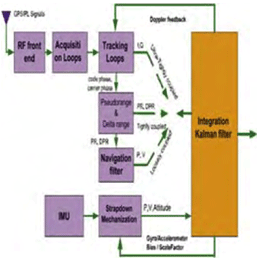
Inertial Navigation Systems (INS) are based on accelerometers and gyroscopes for position and attitude determination. Thus, INS is self-contained and autonomous. This makes INS an optimal option to be integrated with GPS, as both systems can complement each other to enhance positioning performance (Greenspan, 1996). On the one hand, the advantages of INS include high positioning (and attitude) update rates, and high short-term accuracy, both helpful in bridging the signal gaps between the GPS signal sampling epochs and the gaps due to signal outages. On the other hand, however, a major drawback of INS when operated as a stand-alone system is the time-dependent growth of systematic errors, which can be calibrated by GPS ranging measurements with consistent accuracy.

NSDI in India runs the risk of losing its relevance.
That’s the reality and that’s the challenge.
The NSDI VI meet in Goa (see sidebar) was not able to rejuvenate the movement which is slumped by the feel of fatigue and frustration.
It was a high moment in the movement of NSDI when last year on June 13, the Government of India came out with a resolution on the constitution of NSDI.
The resolution established National Spatial Data Committee (NSDC) as an apex national authority for formulating and implementing appropriate policies, strategies and programmes for the establishment, operation, management of the NSDI and utilization and any other activities related to spatial data in the country.
August 2007
GIS 14 Conference
14-15 August 2007
Vietnam
2nd Indonesian Geospatial Technology Exhibition
29 August – 1 September
Bakosurtanal; Jakarta
http://www.geospatial-exh.com/
September 2007
First International Summer School on Global Navigation Satellite Systems
Sep 02 – 09 2007
Berchtesgaden, Bavaria, …

European Union to sole-fund Galileo
Financing for Europe’s GNSS, Galileo, will come solely from the public sector, the European Commission declared, May 16, in Brussels. The public-private partnership (PPP) that had crippled the ambitious project was abandoned. EU Transport Commissioner Jacques Barrot said that the 27-nations bloc’s biggest-ever joint technological project could only reach orbit altitude if the public sector took full financial responsibility. He made the announcement as he presented three options for the bogged-down Galileo project: a complete EU takeover, partial public financing, or total elimination.
Barrot prefers to take over the project now, at an estimated public cost of about E2.4 billion in addition to the E1.5 billion already allocated in the 2007-2013 budget, and to issue a new tender to operate the system once it is built and in space by the end of 2012, according to recent forecasts. The European Space Agency would oversee construction and deployment of the satellites, though European aerospace companies would still supply technology, without assuming financial risk. EU Industry Commissioner Guenter Verheugen ruled out cancelling Galileo. “Galileo is from the European Commission standpoint an absolutely essential project,” he stated. “We don’t have an option of giving up on Galileo.” http://sidt.gpsworld.com

GPS navigation for athletes
eSymetric GmbH, Germany, has invented a computer program for use on mobile Pocket PC devices that offers navigation for athletes named “Run.GPS”. It makes navigation possible outdoors without looking on the screen. This is accomplished by speaking all the relevant information. www.businessportal24.com
Two years ago, we had a dream.
We started on a mission.
With con? dence and conviction.
Set out on a journey of positioning, navigation. And beyond.
Discussing, deliberating and debating
We navigated through technology and took a position.
This month, the 25th issue, it is time for us to think
What we have achieved. what more could have been accomplished.
It is …




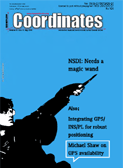
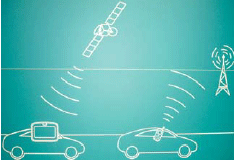
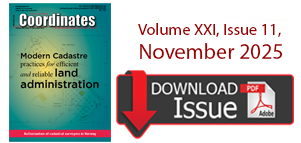

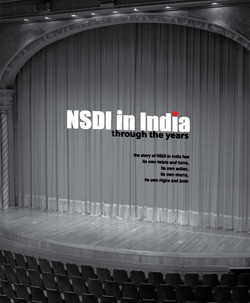




 (5.00 out of 5)
(5.00 out of 5)